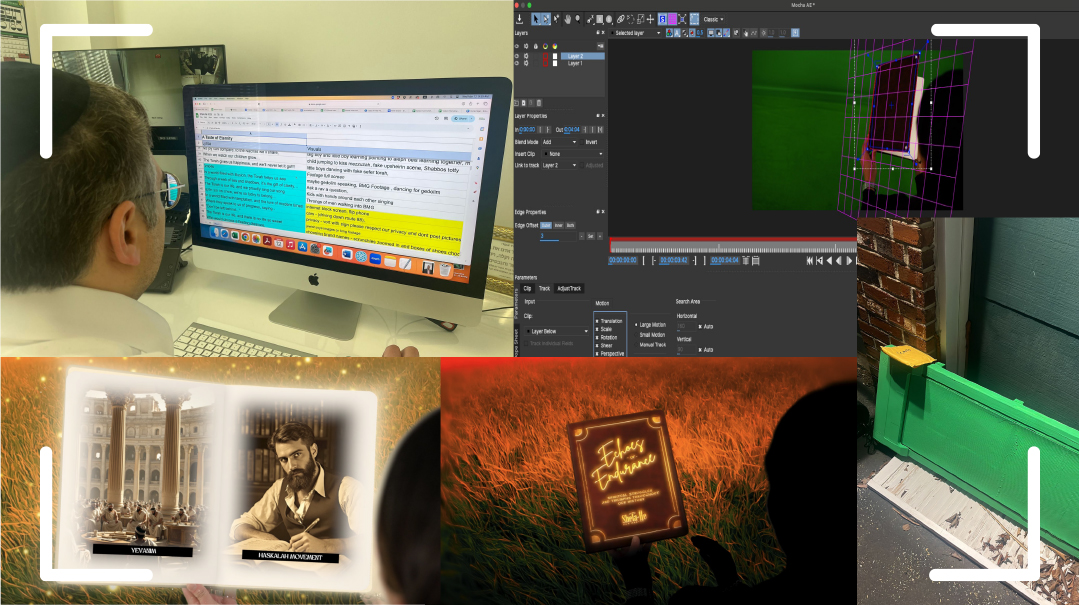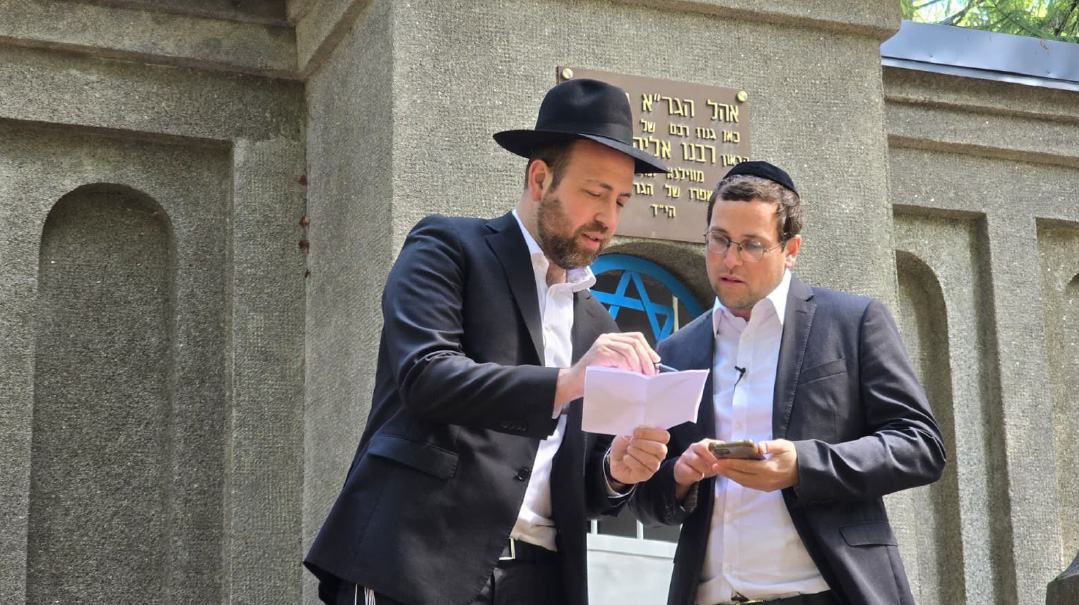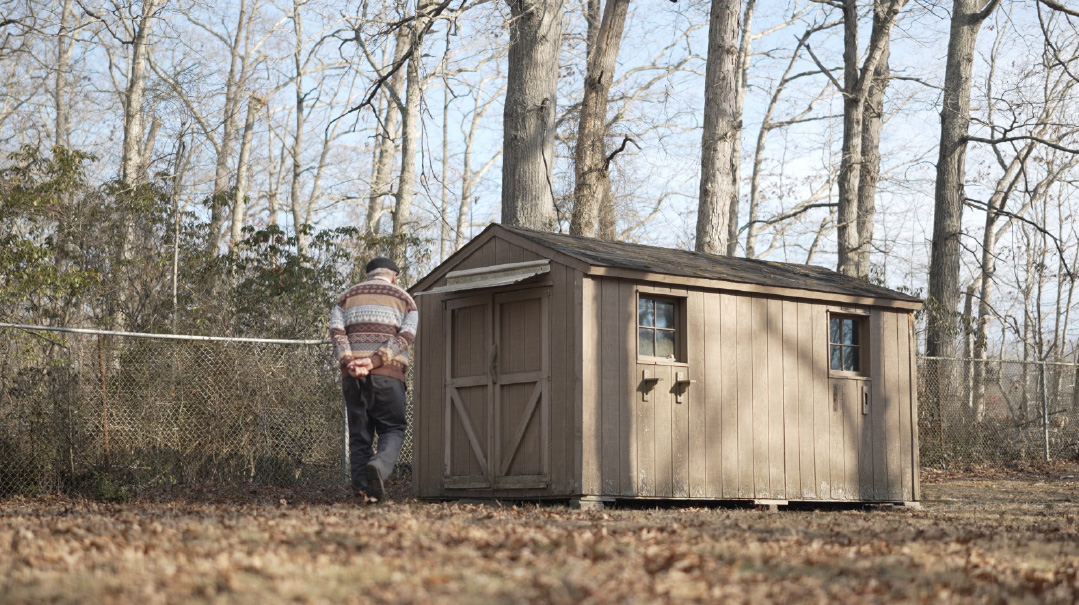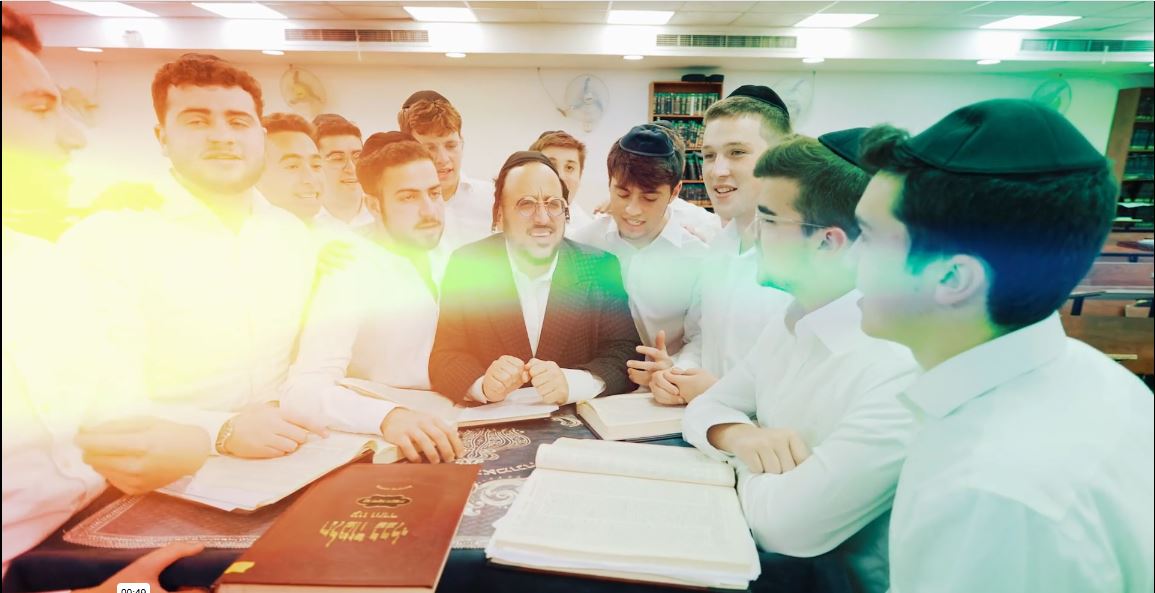Client: Shela-He
| March 18, 2025Shela-He is a Lakewood based organization that gives women the chance to partner with yungeleit by donating a dollar a day

Client: Shela-He
Objective: Create a full video program for their annual event
Film locations: Lakewood, New Jersey
Project Deadline: February 2025
Preproduction
Shela-He is a Lakewood based organization that gives women the chance to partner with yungeleit by donating a dollar a day to a fund distributed immediately to kollel families. For the past three years they’ve held an annual event called “Connectify,” where women come to hear words of inspiration and affirm their commitment to this special cause.
We’ve made the videos for the past two years, and this year Rabbi Mechel Reidler, one of the organization’s cofounders, asked us to prepare a full video presentation for the evening’s program. He explained that in addition to a classic feature explaining what Shela-He is all about, they also wanted four prerecorded speeches, and to keep the program engaging and fluid, they wanted each speaker to end off referencing a song that the live band could then play immediately. Additionally, they wanted a music video that would really inspire and resonate with the attendees, for a grand total of six videos.
It was pretty clear that the bulk of our workload would be focused on the music video. The speeches would need to be scheduled and filmed properly, but we wouldn’t be showing any visuals over them; the speakers’ own charisma would carry those segments. The six-and-and-a-half-minute music video, on the other hand, would need visuals for that amount of time, and there was no clear direction of what these visuals would look like.
Showing the Sweetness
The theme of the event was meshivas nefesh (restoring oneself) not mesiras nefesh (sacrificing oneself), emphasizing the simple sweetness of a Torah life rather than the noble sacrifices. The song, which was being written for the event, was titled “A Taste of Eternity,” and it would carry that theme as well.
Once we had a draft of the lyrics from songwriter Miriam Israeli, I got on the phone with Rabbi Reidler and Mrs. Mimi Pruzansky, the campaign manager at Shela-He. I told them that my plan was to break the parts of the song down into two categories — the ones discussing the beauty of a Torah life, and the ones about avoiding the lure of secular culture. I would split the temptation category further into two; the beginning of the song references historical challenges, and it segues into modern-day temptations only later on.
We made up to brainstorm what visuals we would like to see for each category, and from there we would work on how to actually portray them in the video.
Visuals from the Past
A few days later, we had put together a wish list for each category, and we met at the Mint Media office to figure out what would be possible and what wouldn’t.
“I see you wrote ‘Korach’ in the historical temptations category,” I said slowly. “I understand why that would be on-message, but I’m not sure how to portray that on a screen.”
I looked at the list again.
“To be honest, even more recent events — the Reform movement, for example — would be difficult to show in a literal way. There’s obviously limited footage, and a reenactment scene….”
My voice trailed off.
“What would that scene look like? And won’t it feel too fake?”
Rabbi Reidler understood the dilemma immediately.
“Is there a way we can do things less literally? Some sort of format that would get the messages across without having to look like realistic footage?”
We discussed various options and settled on a concept where an actress would play the part of a central character, “interacting” with various images in an abstract setting. Putting her in a more conceptual space would allow us the creative freedom to portray the necessary scenes; we could generate images that didn’t have to look realistic, as we would be embracing a more stylized, dreamy look.
Effective Editing
Our VFX team came up with a few different ideas of how to have the actress interact with the images: looking through a book, walking through a series of scenes, and having scenes swirl around her as she stands in the center of this vortex. Much of the filming would be done on green screen, with the scenes and images then built in post-production.
For example, our actress looked through a beautiful blank leather-bound book. VFX Associate Mrs. Shayna Koppenheim created a cover graphic that she placed on the blank cover wherever it was visible in a scene — making sure to keep the graphic in the right place even as the book moved.
For the walking scenes, we tested out a filming trick for the first time. Yes, we could have our actress walk in place, but viewers can usually pick up that it’s not genuine. The easy answer would be to use a treadmill — but then we wouldn’t be able to show her feet. Enter our world of video subterfuge: If the actress walked on a bright green treadmill, we would be able to remove it entirely in post-production, the same way we replace backgrounds in our green screen filming. No, they don’t sell green treadmills on amazon yet, but after a little research I found that a can of spray paint could solve the issue.
But when I went to Home Depot Thursday night to pick out the paint, the sheer array of color and type options was overwhelming. Even with a helpful associate breaking down the different finishes and properties of the various sprays, I started to wonder how big a job this would be. Our shoot was scheduled for Sunday morning, which didn’t leave much margin for error.
I voiced my concerns to Senior Production Manager Moshe Niehaus, who stopped me and said, “Doesn’t Chananya Kramer from Kolrom studios have a green treadmill? I think he keeps one at the ArtScroll studio in Rahway. Maybe we can just borrow his?”
This may seem like a big ask to an outsider — enlisting the help of a competitor — but baruch Hashem in our line of work it’s the norm, with many of us pitching in to share footage and cover shoots when someone needs a hand.
Chanyana graciously agreed to lend it to us, and we called in one more favor: ArtScroll production manager Moshe Scheinbaum would bring the treadmill back to Lakewood on his daily commute, saving us the trip.
A New Spin on Things
In one scene, we wanted our actress rotating slowly as the footage swirled around her, and the plan was to have her turn slowly. But as we were shooting, I remembered that I have a turntable in the studio, something we’d used for product shoots.
“I wonder what would happen if you tried standing on the turntable?” I mused aloud. She was a sport, and the steady motion helped the spin feel more consistent. It was a slow spin though, taking close to two minutes for her to make a full revolution, and we wanted the scene to be about ten seconds; VFX Associate Jeremy Lewis had to speed it up by about 1,000 percent to achieve the desired pace.
But when you speed something up that much, every little movement becomes exaggerated. Imagine someone is gesturing with their hands while speaking — it looks natural at regular speed, but at a much faster pace, you’d think they were in a boxing match! We asked the actress to keep as still as possible on the table to avoid that jittering, and Jeremy used some stabilizing software to smooth out whatever motions there were. As we also didn’t have the time or the inclination to spray the turntable green — we still needed it for other shoots! — we captured only above the feet.
Callback
In the end, we put together a fairly long program, with our videos running for close to 30 minutes. The music video alone was close to six minutes, but when Shela-He called to thank us right after the event, they said that the audience had asked for the video to be played a second time. That’s always a good sign!
Moshe Shindler is the director of productions at Mint Media, a full service promotional video firm for corporate and non-profit clients, based in Lakewood, New Jersey.
(Originally featured in Mishpacha, Issue 1054)
Oops! We could not locate your form.







